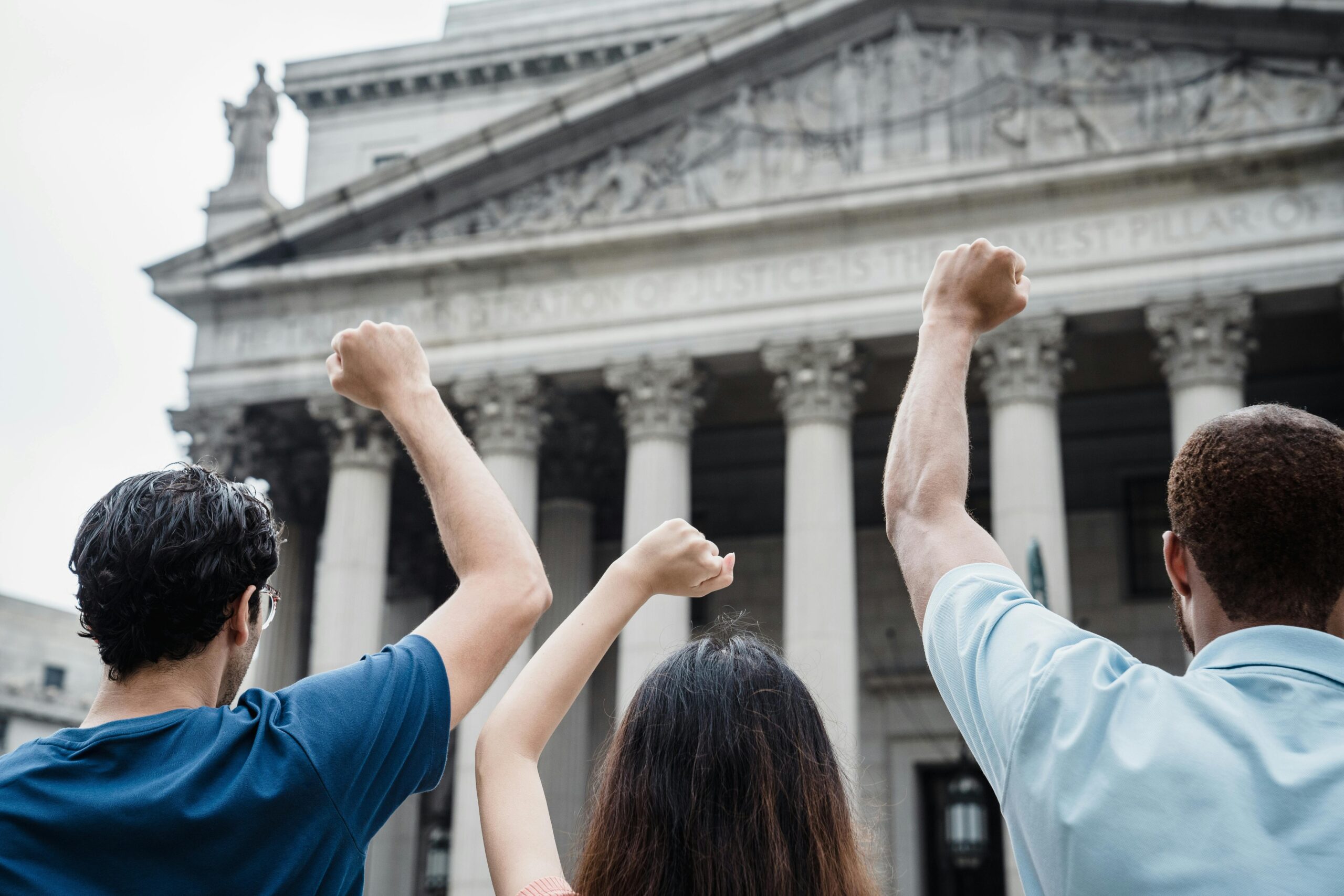
Understanding LGBTQ Homelessness
Members of the LGBTQ community often face discrimination in many areas of their lives, but especially regarding housing status. LGBTQ individuals, especially youth, are highly overrepresented in the homeless population. They face difficulty in trying to find support services, especially since they may be harassed in shelters by peers or staff and therefore feel uncomfortable and unsafe seeking help. In addition, some transgender individuals have even been turned away from shelters solely due to their gender identity, or have been subjected to verbal, physical, and sexual abuse when forced to stay with members of the sex they were assigned at birth (especially in the case of transgender women).
In a study conducted by the Williams Institute School of Law at UCLA, 17% of the members of the LGBTQ community in the survey stated that they had experienced homelessness at a point in their life.
In the same study, by WIlliams Institute School of Law at UCLA, it was found that 20% of those in the LGBTQ community experienced homelessness before the age of 18.
According to Chapin Hall at the University of Chicago, LGBTQ youth are 120% more likely to experience homelessness than non-LGBTQ youth.
According to a survey of homeless service providers administered by the Williams Institute at UCLA, 68% of the homeless youth they served had a history of family rejection.
LGBTQ Youth Homelessness in America
Throughout the past few decades, youth have begun to come out as LGBTQ to their families at younger and younger ages, which has put them in the precarious position of potentially being rejected by their families while they are still minors and reliant upon parents for shelter and support. If they are rejected by their families, they are often left with nowhere else to go and end up in the street, which can be profoundly dangerous.
- Up to 40% of homeless youth identify as LGBTQ, while the general youth population is only 10% LGBTQ.
- In Washington D.C. alone, 43% of homeless youth identify as LGBTQ.
- 26% of homeless LGBTQ youth report being forced out of their homes solely because of their sexual orientation or gender identity.
- According a survey of homeless service providers administered by the Williams Institute at UCLA, 68% of the homeless youth they served had a history of family rejection, 65% had a history of mental health issues (such as depression or anxiety), and 54% had a history of family abuse (physical, emotional, or sexual).
- Many LGBTQ youth have been abused at homeless shelters, especially those meant for adults, while many others avoid shelters altogether.
- Discharge and emancipation from foster care is a large contributor to youth homelessness.
- Studies show that 12% to 36% of emancipated foster care youth will report being homeless at least once after discharge from care.
- Homeless LGBTQ youth are more likely than their straight counterparts to engage in survival sex (the exchange of sexual favors for basic needs, like food, clothing, and shelter), with a Canadian study finding that transgender youth are 3 times more likely to engage in survival sex than cisgendered youth.
- The National LGBTQ task force found that the main reason for engaging in survival sex was simply to have a bed to sleep in each night LGBTQ youth, once they are homeless, are at higher risk for victimization, mental health problems, and unsafe sexual practices.
- 58.7% of LGBTQ homeless youth have been sexually victimized compared to 33.4% of heterosexual homeless youth LGBTQ youth are roughly 7.4 more likely to experience acts of sexual violence than heterosexual homeless youth LGBTQ homeless youth attempt suicide at much higher rates (62%) than heterosexual homeless youth (29%).







